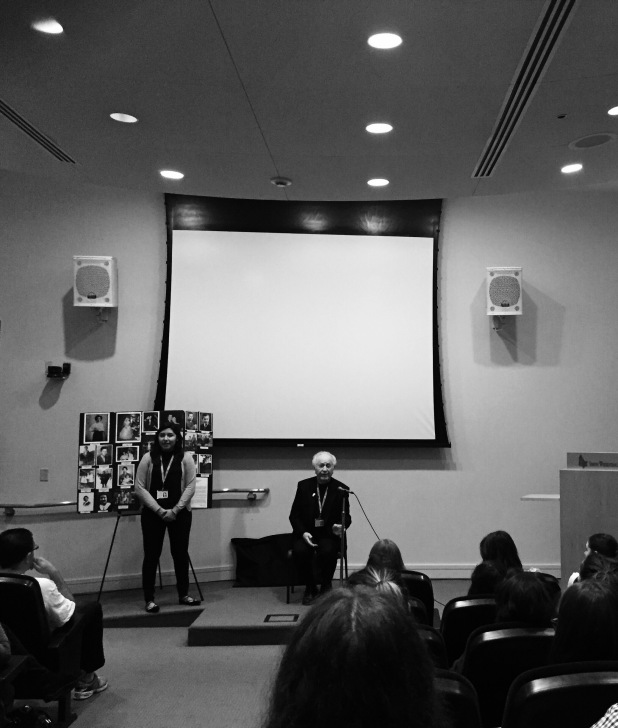
Summer can be carefree, whimsical, unstructured, and it can come with some quality time with our kids. But, let’s face it. Sometimes the start of school is a welcome change for parents. School can add some consistency to the day that might not be present during those lazy days of summer. It sort of fits with the notion that the busier you are, the more you get done.
But as the school bells ring, the schedules start, and as the after-school activities and homework kick into gear, a Philanthroparent remembers these words:
“Never be so busy as not to think of others.”-Mother Teresa
In the hustle and bustle of daily life as our kids go back to school, how can we still honor our commitment to giving back? Reflect on these principles:
1. Work it in vs. Add it on. Instead of analyzing your schedule to figure out how to make more time for philanthropy, see how philanthropy connects to something already going on in your family members’ daily lives. Instead of rushing out to get yet another last-minute party gift, help your child to research an organization you can make an online donation to- one that supports a cause the honoree can connect with. If you’re buying a new ______ (fill in the blank) , discuss with your child where the previous item might get the most use in your community if it’s donated.
2. Use your interests, skills and talents. Reframe the things your family likes to do already by putting a social purpose spin on it. If you already get enjoyment out of riding bikes together, plan ahead to get somewhere by bike instead of by car. If your kids are helping to make dinner or dessert tonight, double the recipe and go say thank you to your local ______ (let your kid decide). Don’t just donate stuff. Find a place to donate your child’s talent too- art, music, technology skills, etc. They might get in some valuable practice time without you nagging them about it for once!
3. Listen. Keep your ears open to comments that reflect your child’s concern for things they see in the community, world issues they overhear on the news, or conflicts they are having with friends. Finding action to address these concerns might give them a sense of control and alleviate any anxiousness surrounding these thoughts, thereby also saving the time that worrying can take up.
4. Get support. Seek out systems already in place that help show your child the value of social responsibility. You don’t have to create these opportunities all on your own for them. Have you considered girl or boy scouts, a Kid’s Care Club, or a program that focuses on civic-mindedness and leadership like KidUnity? Your child’s school might be a perfect place to get support for your ideas: a community service coordinator, the PTA, or even your child’s classroom teacher might know of programs to support your family’s community service endeavors.
5. Take something out. Believe it or not, service to others (or the earth) doesn’t have to be something that takes extra time. Think of what great quality time could come from taking something out of the schedule. “Let’s skip going to the car wash this weekend to help us remember to save water during the drought we’re facing. You get to pick something fun that we could do with that hour instead!” Set up a challenge one month for each family member to think of something they could cut out of the daily routine that saves a resource and creates a cooky family activity instead. Candlelight homework, anyone? Just don’t be shocked if your child proposes to skip the dishes or a shower.
As the school year kicks into gear and you wonder how you’re going to make time for social purpose parenting, remember that social and environmental consciousness can benefit others and your family at the same time. Philanthroparents might not favor the saying, “kill two birds with one stone,” but “fill two needs with one deed,” captures it perfectly.










